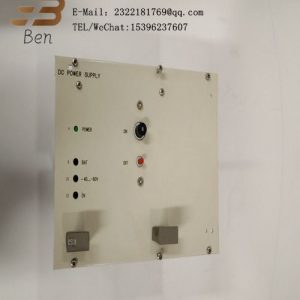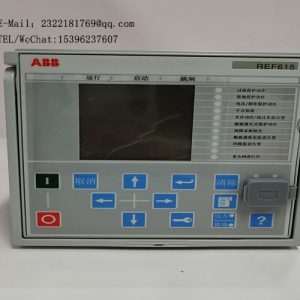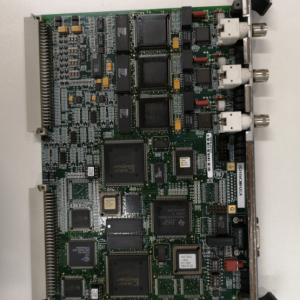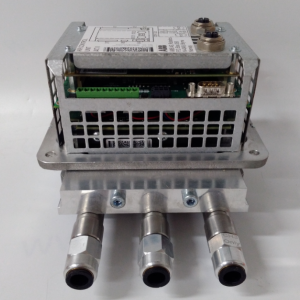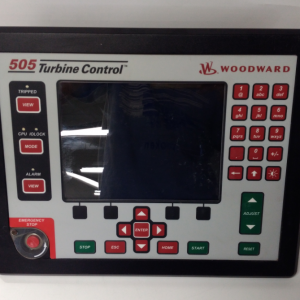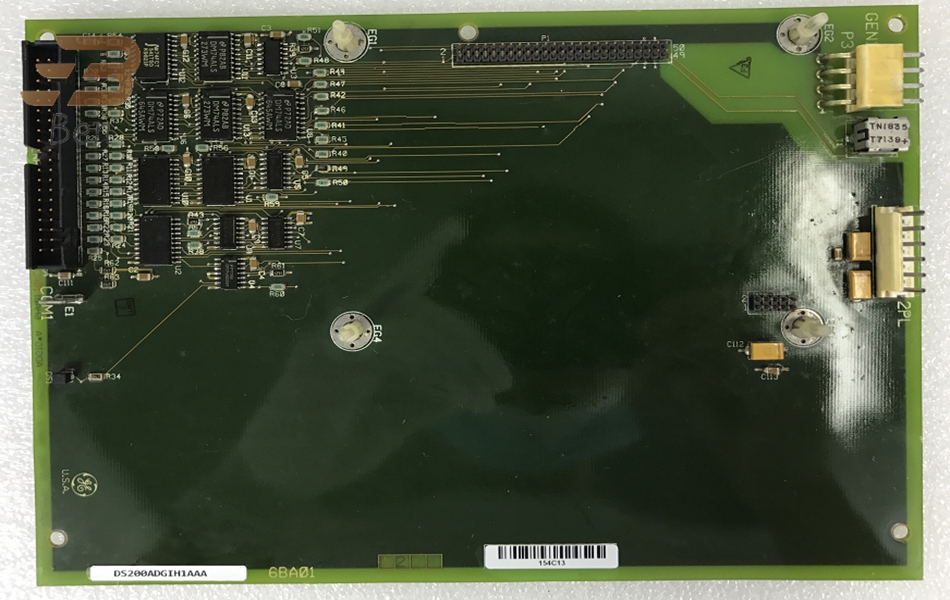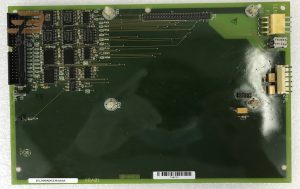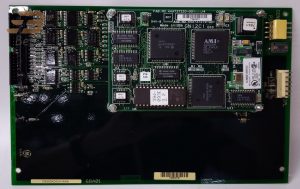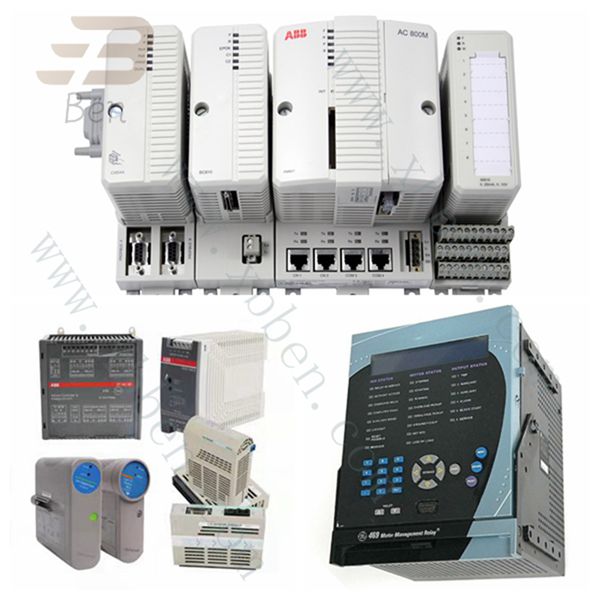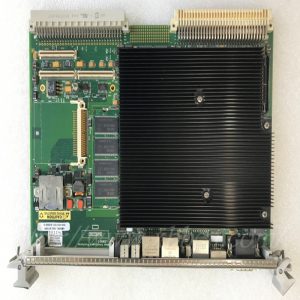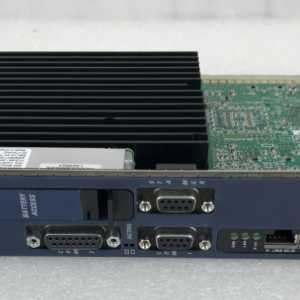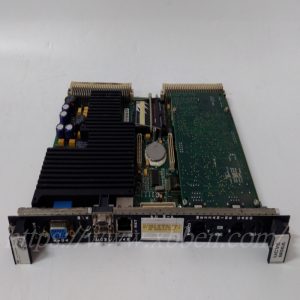GE AuxilIary Interface Board DS200ADGIH1AAA
The GE Auxiliary Interface Board DS200ADGIH1AAA features one 40-pin connector, 60 jumpers, and one 6-pin connector. The GE Auxiliary Interface Board DS200ADGIH1AAA also is populated with multiple test points. The board is 8 inches in width. DS200ADGIH1AAA is 6 inches in length and it is designed to be installed in the board cabinet of the drive. It has four screws and they align with a location on the board rack for installation with screws.
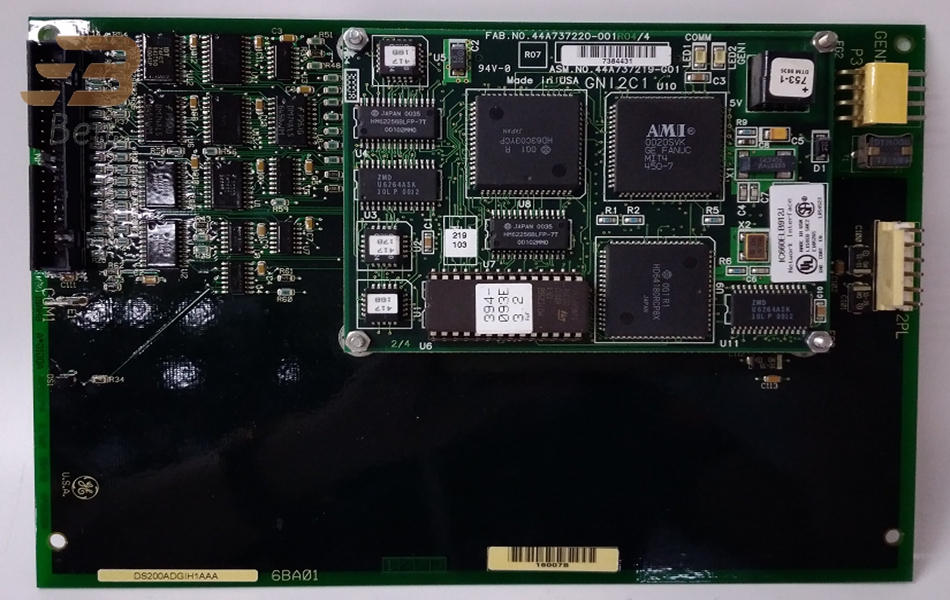
The test points provide a means to test the circuits on the board. However, only a qualified servicer should test the board. The servicer must have testing equipment that is calibrated and designed for the task. The controls must be set properly and the probes must be designed for use with the tester. Place the board on a flat surface and have a protective bag under the board.
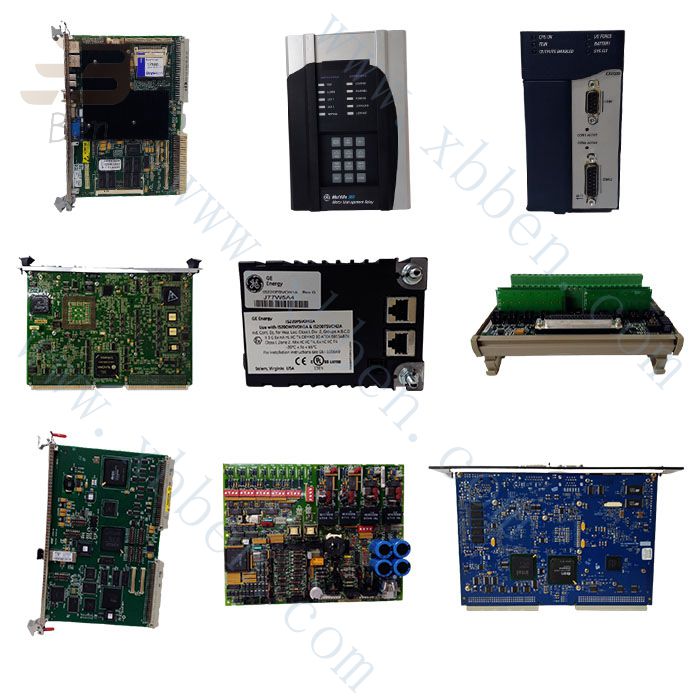
Industrial control data acquisition cards are embedded microprocessor-based computers that can collect and process various industrial control signals in real time, converting them into standard data signals that can be operated in various standard industrial control environments (e.g. CNC machine tools, hydraulics, power, aerospace, etc.). In some industrial control sites there are a large number of data acquisition signals, such as: relay contact signals generated during PLC code execution, relay contact signals generated during PLC program execution. The special digital communication interface data communication card is designed and developed to meet the needs of the large number of signals and information processing on site. It is composed of hardware devices and operating systems and can be used independently or work together with other digital communication devices forming a network. The series of acquisition cards are designed based on embedded microprocessor chips, with high-performance DSP as the core processing system, with rich functional features, supporting 8-bit and 16-bit analogue input/output, while using high-quality industrial-grade audio chips for audio signal processing; using a fully transparent PC board card structure design; through the SPI interface with the acquisition card to use.
